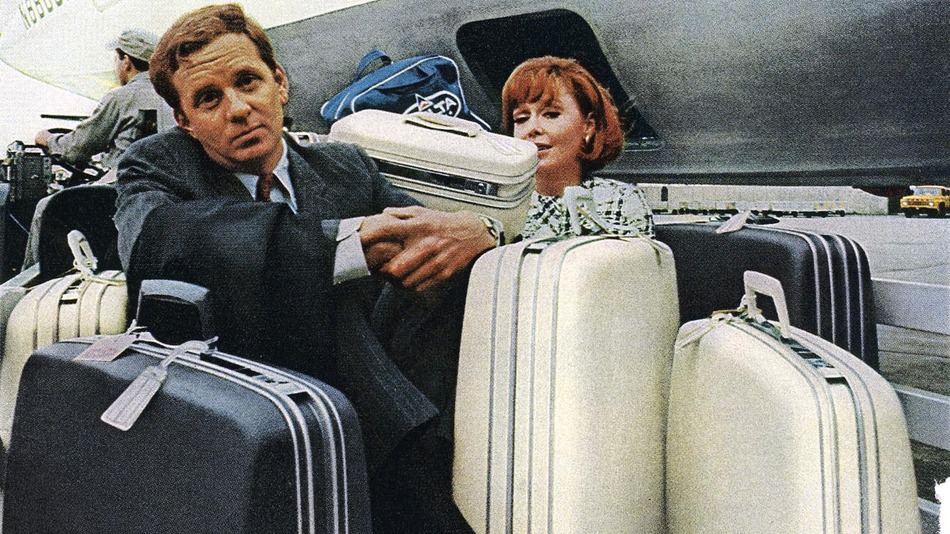
by admin | May 22, 2014 | Communication strategy
Numerous articles and research have shown effective communication to be an important driver of employee engagement, which leads to improved financial performance. Gallup reports that those organizations falling within the top 25% of employee engagement in their client database not only have significantly higher productivity, profitability and customer satisfaction, but also reduced turnover, lower absenteeism and fewer safety incidents than those clients falling in the bottom 25%. These numbers make a strong case for the value and importance of strategic communication. Well-designed communication programs are essential for sharing a company’s strategic plan and providing other important organizational information that informs employees of the organization’s goals and objectives, business priorities, products and services. Read more about the power of strategic communication...

by admin | May 21, 2014 | Brand identity
One of my firm’s clients—a regional pizza chain—rarely advertises, never discounts, won’t issue coupons, and doesn’t even deliver. Yet they’re one of the most beloved brands in town. The secret to their success? A powerful, genuine, carefully cultivated culture that recruits, hires, trains, and rewards polite, smiling teenagers who deliver consistently pleasant customer experiences. The company is careful about whom it hires, how it acculturates new employees, and how it induces them to live up to the brand’s values. As a result, customers are happy to come back again and again—and pay full price. The chain generates sales per store equal to or exceeding those of the world’s biggest, most valuable restaurant brands. Contrast this with an experience I recently had at one of those big chains. I asked a simple question about how big its soft drinks were—I wanted to know how many ounces were in each size, because these days you never know if what you’re ordering will come in a Dixie Cup or a gallon jug. Read more about why effective branding begins at home...

by admin | May 21, 2014 | Brand strategy
Samsonite products have been charged by a bull, caught in revolving doors, tossed out of cabs and mauled by the entire Pittsburgh Steelers football team. But they have not — repeat, not — suffered a beat down from a gorilla. Rather, that was a bright red piece of American Tourister luggage, not Samsonite, being manhandled by a primate in an iconic 1971 TV commercial. (It wasn’t a real gorilla, animal lovers; it was an actor in a monkey suit.) But Samsonite executives understand, and forgive, the confusion. The company eventually bought American Tourister and revived the gorilla character in its advertising, recognizing a breakout star when it saw one. Read more about Samsonite and their new brand strategy here....

by admin | May 20, 2014 | Brand targeting & positioning
Creating an effective content marketing strategy often means carefully cultivating the proper social following. B2B companies, for example, will generally be more successful if they target LinkedIn users instead of Snapchat loyalists. But even within individual networks, different kinds of behavior are going to change the way a brand comes across to its own followers as well as new leads. As Brafton reported, a recent social study found 44 percent of Twitter accounts have never actually tweeted. That isn’t an indication of the platform’s marketing utility – after all, people still manage to send at least half a billion Tweets every day – but it does prove followers aren’t created equal, and it isn’t all about the total number of followers a business has. Instead, it’s about cultivating loyal and sustainable social connections through valuable content and high engagement. Read more about the brands that invest in the right followers by targeting relevant social networks...

by admin | May 20, 2014 | Brand targeting & positioning
In research published by VCCP’s new youth agency Rough Hill, 60% of young people use Cadbury, while 34% follow the brand online. For Amazon, 58% of people use the brand and 33% of them follow it online, and 59% of young people use the Coca-Cola brand regularly, while 31% follow it online. The research, called ‘ASBO Generation (Adept Social Behaviour On and Offline)’ used responses from nearly 4,000 people aged between 16 and 22. It found there are brands that engage with a youth audience in real life. Boots is a popular offline brand, but only a sixth of respondents following the brand through social media. Likewise, Pringles has 40% of the youth market regularly buying the brand, but only one in 12 engages with it online. The research found that the content young people are least likely to engage with is ads, competitions and surveys or polls, whereas the content they find interesting and are keen to interact with comprises images, text or chat, video, music and articles. Read more about these top brands that have effectively targeted the youth market...






